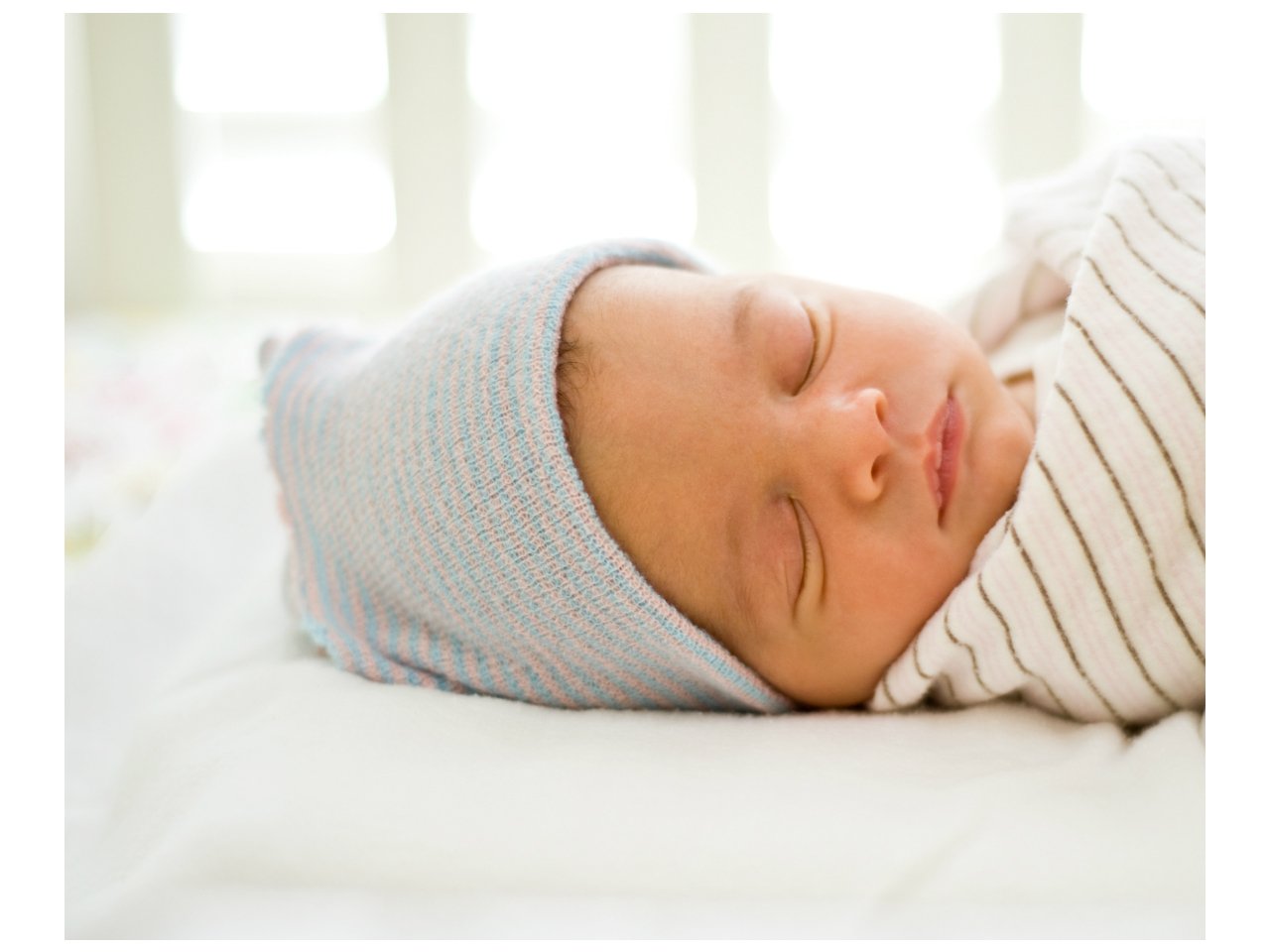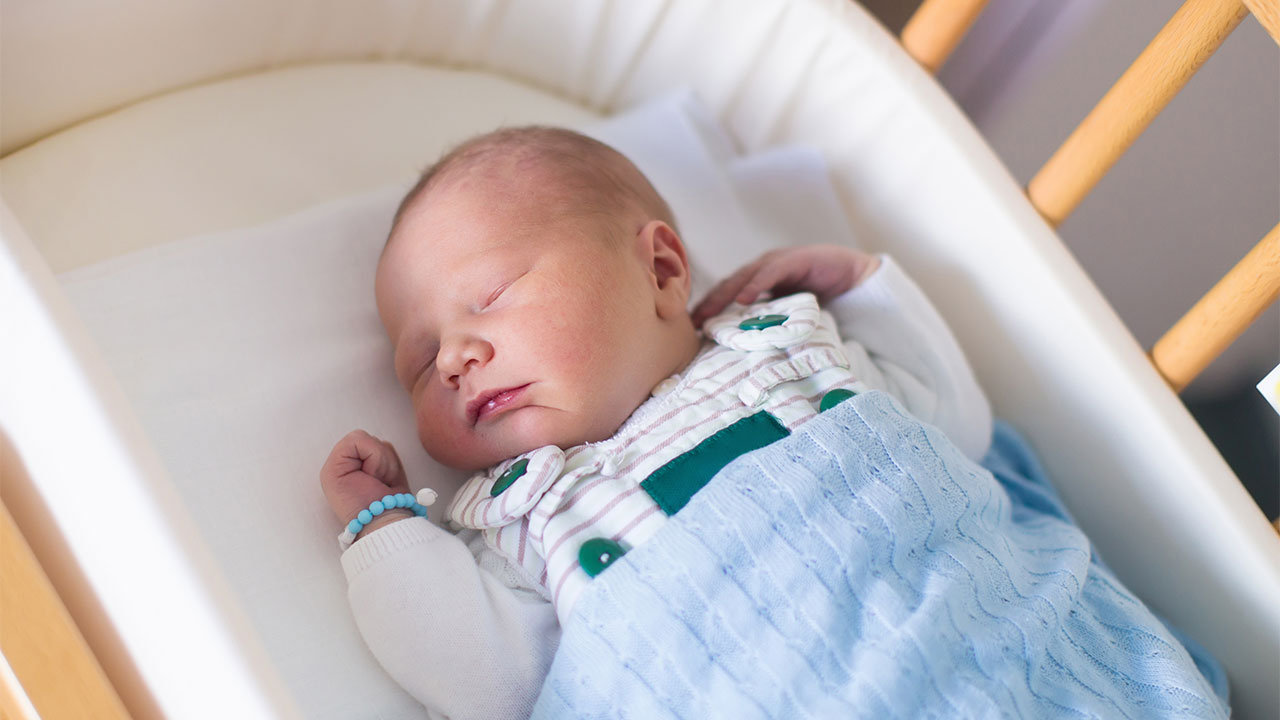Co-sleeping is the act of a newborn baby or child sleeping close to one or both parents. 5 Tips for Room-Sharing With Baby.
 Newborn Baby Sleep 7 Common Mistakes New Parents Make
Newborn Baby Sleep 7 Common Mistakes New Parents Make
Others set out to co-sleep with their kids as a way to promote attachment.

Co sleeping safely newborn. Regardless of whether an infant sleeps on the same surface as his or her parents on a same-surface co-sleeper in a bassinet or in a separate crib in the same room as their parents or in a separate room all infants should follow these same guidelines. There are several alternatives to co-sleeping that are safer and provide many of the same benefits as traditional co-sleeping. Theres no way to keep the sleep environment safe in an adult bed she says.
If you want more information about how to do it safely. As long as parents take precautions co-sleeping or bed sharing is safe at any age. If it is prepare your bed for safe co-sleeping and opt to feed your baby in bed rather than sitting in an armchair or sofa.
Should you choose to co-sleep by bed sharing then there is a right way of doing so to ensure that your child is safe. But parents choose to have their babies in bed with them for several reasons. In 2016 the American Academy of Pediatrics AAP updated their safe sleep environment recommendations where they stated that room-sharing without bed-sharing is the safest for your baby.
That way if your eyelids start to droop you can put your baby down in a safe position next to you before you nod off. The safe way to co-sleep with your baby is to room share where your baby sleeps in your bedroom in her own crib bassinet or playard. Many parents fall into co-sleeping as they struggle to get enough sleep in the first few months with a newborn says Allison Briggs founder of Sweet Dreams Sleep Solutions in Vancouver.
While some people consider co-sleeping to mean that baby is within arms reach others qualify it as parents and baby sleeping in the same room. To avoid loose bedding a sleeping bag would be advisable. Treat your childs sleeping arrangement as you would when they sleep on their own.
Co-sleeping by room sharing you would follow the same precautions as you would if baby was sleeping alone. The AAP recommends room sharing because it can decrease the risk of SIDS by as much as 50 and is much safer than bed sharing. This is a strong argument for at least putting the crib or bassinet near the bed in the parents bedroom.
Keep pillows sheets and blankets away from your baby to avoid them over-heating or covering their face and obstructing their breathing. In fact the AAP recommends room-sharing with your baby until shes at least 6 months old and possibly until her first birthday. Even if you dont plan to co-sleep with your baby regularly there may be times when its easier to bring him into your bed to comfort or feed him Basis nda.
For example some parents who co-sleep with their babies believe that it helps their babies feel safe and secure. Place your baby on his or her back for all sleep timesnaps and at night. Co-sleeping is when parents bring their babies into bed with them to sleep.
If you do co-sleep with your baby here are the recommendations for safe sleep. Co-sleeping is associated with an increased risk of sudden unexpected death in infancy SUDI including sudden infant death syndrome SIDS and fatal sleeping accidents in some circumstances. Co-Sleeping With Your Baby Is Risky.
Bed sharing also called co-sleeping is on the rise. However that applies to room-sharing not sleeping in the same bed. Make sure your baby cant fall out of bed or become trapped between the mattress and wall.
We do not recommend that babies sleep on soft surfaces such as pods or nests. Regardless of why parents start there often comes a point when theyre ready to stop. What bedding should I use for my baby when we co-sleep.
It can help prevent SIDS This is obviously part of the controversy but studies have shown that a baby sleeping on a separate safe surface in the same room as his parents can lower his chance of SIDS by up to 50 percent. Even if a baby spits up during sleep babies anatomy external icon and gag reflex help prevent them from choking while sleeping on their backs. Should you or should you not cosleep with your newborn.
Again make sure that the surface of your bed is firm enough if your baby is sleeping in it and avoid making mistakes like sleeping with your infant when youre intoxicated or on medication that affects your sleep. Room sharekeep babys sleep area in the same room where you sleep for the first 6 months or ideally for the first year. Your little ones crib or bassinet can be placed next to your bed that way he or she will still be close to you without being at risk for SIDS.
Thousands of parents co-sleep in the UK. If you choose to co-sleep with your baby the safest place is a clear space on a firm flat mattress the same as we would advise with a cot. According to the statistics co-sleeping for the first six months of a babys life is the safest option for him.
Babies who sleep on their backs are much less likely to die of SIDS than babies who sleep on their sides or stomachs. Infants should always sleep on their backs on firm surfaces on clean surfaces in the absence of secondhand smoke under light comfortable blanketing and their heads should never be covered. Here are just a few reasons why you might want to co-sleep especially with the baby within arms reach.
If your baby is six months or younger experts recommend that the best place for him to sleep is on his back in a cot or Moses basket in the same room as you Lullaby Trust 2019This applies to his daytime naps as well as at night. Our pediatrician discusses the risks of bed-sharing and how to cosleep safely. The safest place for a baby to sleep for the first six months is in a cot in the same room as its parents Photo.
Place your babys crib bassinet portable crib or play yard in your bedroom close to your bed. Ensure Sleeping Area Is Hazard Free. Shutterstock The risks of co-sleeping are increased if your baby was born.